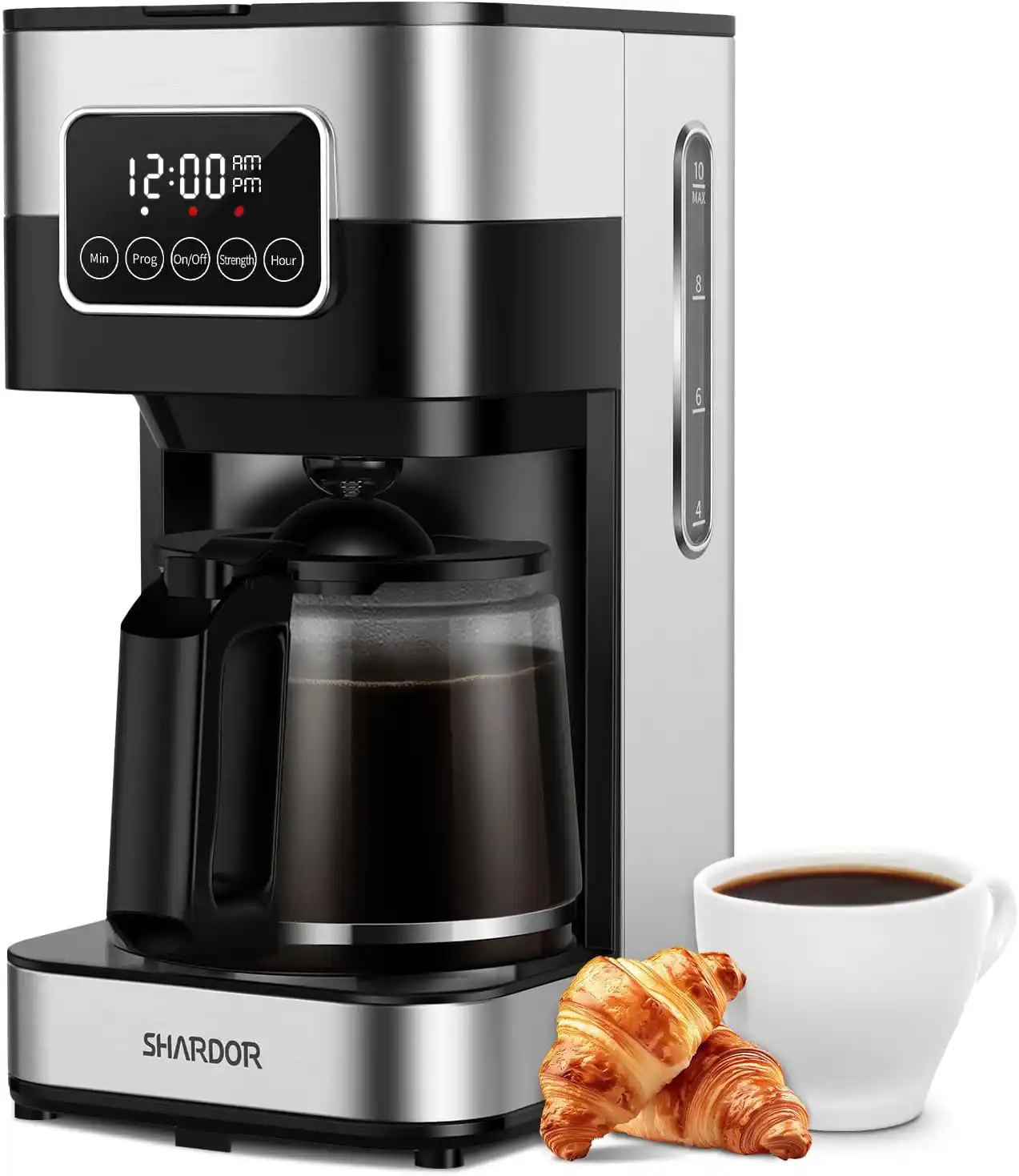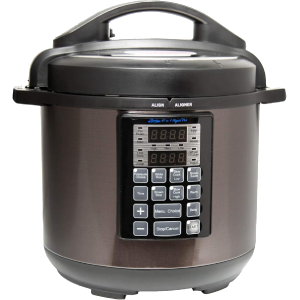If you’ve been on the lookout for the perfect sourdough bagel recipe, you’re in the right place. Sourdough has taken the culinary world by storm, and for good reason. Its distinct flavor, health benefits, and artisanal appeal make it a favorite among home bakers and professionals alike. And when it comes to bagels, the combination of chewy texture and tangy taste is simply unbeatable.
The Rise of Sourdough in Modern Baking
Sourdough is more than just a trend it’s a return to traditional baking methods that have been used for thousands of years. The natural fermentation process not only adds depth to the flavor but also makes bread more digestible and nutritious.
With more people looking to avoid commercial yeast and embrace homemade, wholesome food, sourdough has become a staple in kitchens worldwide.
Why Sourdough Bagels ? Discover the Tangy Flavor with This Sourdough Bagel Recipe
Bagels are beloved for their dense, chewy texture and slightly crisp crust. Adding sourdough to the mix elevates these qualities, introducing a complex, tangy flavor that’s impossible to resist.
Whether you enjoy them plain, topped with sesame seeds, or as the foundation for a hearty sandwich, sourdough bagels are a must-try for any baking enthusiast.
What You Need for the Perfect Sourdough Bagel Recipe
Essential Ingredients
To get started on your sourdough bagel recipe, you’ll need a few basic ingredients. The quality of these components will directly influence the flavor and texture of your bagels, so choose wisely.
- Sourdough Starter: This is the heart of your recipe. You can either make your own starter or use one that’s been gifted to you.
- Bread Flour: High-gluten flour is crucial for that chewy bagel texture.
- Water: Use filtered water for the best results.
- Salt: Enhances flavor and controls fermentation.
- Barley Malt Syrup: Adds sweetness and helps with the bagel’s signature crust.
- Baking Soda: For boiling, to help the bagels achieve a shiny crust.
Must-Have Tools
The right tools can make the difference between an average bagel and a great one. Here’s what you’ll need:
- Mixing Bowls: For combining ingredients and allowing the dough to rise.
- Stand Mixer: While not essential, it can save time and effort during kneading.
- Baking Sheet: For baking the bagels.
- Parchment Paper: To prevent sticking and ensure easy cleanup.
- Slotted Spoon: For removing bagels from boiling water.
- Baking Stone: Optional, but helps achieve a better crust.
Preparing the Sourdough Starter for Your Sourdough Bagel Recipe
What is a Sourdough Starter?
A sourdough starter is a live culture of flour and water, populated by wild yeast and bacteria. It’s what gives sourdough its distinct tang and also acts as the leavening agent in your bread and bagels.
Unlike commercial yeast, which works quickly, a sourdough starter requires patience and care but rewards you with unmatched flavor.
How to Make Your Own Sourdough Starter
If you don’t already have a starter, it’s easy to create one from scratch. All you need is flour and water:
- Day 1: Mix equal parts (about 50 grams) of whole wheat flour and water in a jar. Cover loosely and let it sit at room temperature.
- Day 2-7: Discard half of the starter and feed it with 50 grams of all-purpose flour and 50 grams of water daily. By the end of the week, your starter should be bubbly and ready to use.
Feeding and Maintaining Your Starter
Once your starter is active, you’ll need to keep it alive by feeding it regularly. For a daily feed, discard half and add fresh flour and water. If you’re not baking often, you can store it in the fridge and feed it once a week. Just remember to bring it to room temperature before using it in your sourdough bagel recipe.

Mixing and Kneading the Dough for Your Sourdough Bagel Recipe
Combining the Ingredients
Now that your starter is ready, it’s time to make the dough. Begin by combining the following in a large mixing bowl:
- 1 cup of active sourdough starter
- 4 cups of bread flour
- 1 ½ cups of water
- 2 teaspoons of salt
- 1 tablespoon of barley malt syrup
Mix until all the ingredients are just combined. The dough will be sticky, but that’s okay.
Techniques for Kneading the Dough
Kneading is crucial for developing gluten, which gives the bagels their structure and chewiness. You can knead by hand or use a stand mixer fitted with a dough hook. If kneading by hand, work the dough for about 10-15 minutes until it’s smooth and elastic. If using a mixer, 8-10 minutes on medium speed should suffice.
The Importance of Gluten Development
Gluten is what gives bagels their unique texture. As you knead, gluten strands form, creating a strong network that traps air and allows the dough to rise. Without proper gluten development, your bagels will be dense and lack that characteristic chew.
The Fermentation Process in a Sourdough Bagel Recipe
Understanding Bulk Fermentation
Bulk fermentation is the first rise of the dough and is essential for flavor development. During this stage, the yeast and bacteria in the sourdough starter feed on the sugars in the flour, producing gas and acids. This not only leavens the dough but also gives it its distinct tangy flavor.
Optimal Conditions for Fermentation
The key to successful fermentation is a warm, draft-free environment. Ideally, your kitchen should be between 75-80°F. If your kitchen is cooler, you can let the dough rise longer or use a proofing box.
How Long to Let the Dough Rise
For this sourdough bagel recipe, let the dough rise for 4-6 hours, or until it has doubled in size. Keep in mind that sourdough rises more slowly than dough made with commercial yeast, so patience is key.
Shaping Your Sourdough Bagels for the Perfect Result
Techniques for Shaping Bagels
Shaping bagels might seem intimidating, but it’s actually quite simple. There are two common methods:
- Rope Method: Roll the dough into a rope and then join the ends together to form a circle.
- Poke Method: Form the dough into a ball and poke a hole in the center, then gently stretch it out.
The Traditional vs. Modern Methods
The traditional method for shaping bagels is the rope method, which is said to give bagels their classic appearance. The poke method, however, is quicker and often used in modern kitchens. Both methods work well, so choose whichever you find easier.
Tips for Perfectly Shaped Bagels
To ensure evenly shaped bagels, weigh each portion of dough before shaping. This will give you uniform bagels that bake evenly. Aim for about 100-110 grams per bagel for a standard size.
The Second Rise: Proofing the Bagels
Why Proofing is Crucial
Proofing is the final rise before baking and allows the dough to relax and the gluten to strengthen. This step is critical for achieving that chewy texture and perfect crumb structure.
Best Practices for Proofing
Place your shaped bagels on a parchment-lined baking sheet, cover them with a damp towel, and let them proof for 1-2 hours at room temperature.
If your kitchen is warm, proofing might take less time. You can also retard the proofing by placing the bagels in the fridge overnight for a more pronounced sour flavor.
Common Mistakes to Avoid
Overproofing can cause your bagels to collapse or lose their shape during boiling. Underproofing, on the other hand, will result in dense, tough bagels. Keep an eye on the dough, and when it’s puffy and slightly risen, it’s ready.
Boiling Your Bagels: A Crucial Step in the Sourdough Bagel Recipe
Why Bagels Need to be Boiled
Boiling is what sets bagels apart from other types of bread. The boiling process gelatinizes the starches on the surface, giving bagels their signature chewy crust. Without boiling, you’d end up with a regular bread roll, not a bagel.
The Role of Barley Malt Syrup in Boiling
Adding barley malt syrup to the boiling water gives the bagels a touch of sweetness and helps develop that golden-brown crust.
If you don’t have barley malt syrup, honey or molasses can be used as substitutes, though the flavor will be slightly different.
How to Boil Bagels Correctly
Bring a large pot of water to a boil and add 1-2 tablespoons of barley malt syrup. Carefully drop the bagels into the boiling water, a few at a time, and boil for 1-2 minutes on each side. The longer you boil, the chewier the bagel will be.
Remove the bagels with a slotted spoon and place them back on the parchment-lined baking sheet.
Baking Your Sourdough Bagels
Setting the Right Oven Temperature
Preheat your oven to 425°F (220°C) well in advance. Bagels need a hot oven to achieve that perfect crust, so don’t skip this step.
If you have a baking stone, place it in the oven while preheating to help with heat retention.
How Long to Bake for Perfect Results
Bake the bagels for 20-25 minutes, or until they are golden brown and sound hollow when tapped. For an extra-crispy crust, you can turn off the oven and leave the bagels inside for an additional 5 minutes with the door slightly ajar.
Tips for Getting a Golden Crust
For a shiny, golden crust, you can brush the bagels with an egg wash before baking. This is optional but adds a nice finish, especially if you’re topping the bagels with seeds or spices.

Creative Toppings for Your Sourdough Bagel Recipe
Classic Toppings: Sesame, Poppy, and More
While plain bagels are delicious, toppings add extra flavor and texture. The most popular options include sesame seeds, poppy seeds, and everything seasoning (a mix of sesame seeds, poppy seeds, garlic, onion, and salt). Simply sprinkle your chosen topping on the bagels after boiling and before baking.
Creative Bagel Flavors
For those who like to experiment, consider adding flavors to the dough itself. Popular additions include:
- Cinnamon and Raisin: Mix in 1-2 teaspoons of cinnamon and a handful of raisins for a sweet twist.
- Cheddar and Jalapeño: Add shredded cheddar cheese and sliced jalapeños for a spicy kick.
- Herbs and Garlic: Incorporate fresh or dried herbs like rosemary, thyme, or garlic powder for a savory flavor.
Adding Sweet and Savory Toppings
Don’t be afraid to get creative with your toppings. Sweet options like cinnamon sugar, dried fruit, or chocolate chips can turn your bagels into a breakfast treat. On the savory side, try everything seasoning, grated cheese, or even cooked bacon bits.
Serving Suggestions for Sourdough Bagels
Classic Cream Cheese Spread
A bagel isn’t complete without a schmear of cream cheese. For a classic pairing, spread plain or flavored cream cheese on a warm bagel. For a twist, try whipped cream cheese with chives, smoked salmon, or honey and walnuts.
Gourmet Bagel Sandwich Ideas
Bagels make the perfect foundation for sandwiches. Here are a few ideas to get you started:
- Lox and Cream Cheese: Top with smoked salmon, capers, red onion, and a squeeze of lemon.
- Breakfast Bagel: Add scrambled eggs, bacon, and cheddar cheese.
- Turkey and Avocado: Layer with sliced turkey, avocado, lettuce, and tomato.
Pairing Bagels with Beverages
Bagels pair wonderfully with a variety of beverages. Coffee or tea are classic choices for breakfast bagels, while a glass of orange juice or a smoothie can add a refreshing touch. For lunch or a snack, try pairing your bagel sandwich with a crisp soda or sparkling water.
Storing and Preserving Your Sourdough Bagels
Best Practices for Storing Bagels
To keep your bagels fresh, store them in a paper bag at room temperature for up to two days. Avoid using plastic bags, as they can make the crust soggy. For longer storage, consider freezing your bagels.
How to Freeze and Reheat Bagels
If you’ve made more bagels than you can eat, freezing is a great option. Allow the bagels to cool completely, then place them in a resealable plastic bag and freeze for up to three months. To reheat, thaw at room temperature, then warm in the oven at 350°F (175°C) for 10-15 minutes.
Maintaining Freshness Over Time
To enjoy the best texture, eat your bagels within a day or two of baking. If you’ve frozen them, consume them within a month for optimal freshness. Reheating in the oven will help restore the crust’s crispness.
Troubleshooting Common Issues
What to Do if Your Dough is Too Sticky
If your dough is too sticky to handle, add a little more flour, a tablespoon at a time, until it becomes manageable. Be careful not to add too much flour, as this can make the bagels dense and dry.
How to Fix Dense or Flat Bagels
Dense or flat bagels are often the result of underproofing or not kneading the dough enough. Make sure to give your dough enough time to rise and knead it thoroughly to develop the gluten. If your bagels are flat, try reducing the amount of water in the dough next time.
Recovering From Overproofing
If your bagels are overproofed, they may collapse or spread out during boiling. While you can’t completely reverse overproofing, you can try refrigerating the dough for an hour to slow down the fermentation before boiling.
Health Benefits of Sourdough Bagels
Nutritional Advantages of Sourdough
Sourdough is naturally lower in gluten and has a lower glycemic index compared to other types of bread. The fermentation process also increases the availability of vitamins and minerals, making sourdough bagels a more nutritious option.
Sourdough vs. Regular Bagels
Compared to regular bagels, sourdough bagels are easier to digest and have a more complex flavor. The natural fermentation process breaks down phytic acid, which can inhibit mineral absorption, making the nutrients in sourdough more accessible to your body.
Incorporating Sourdough Bagels into a Balanced Diet
Sourdough bagels can be part of a balanced diet when enjoyed in moderation. Pair them with protein-rich spreads like cream cheese or nut butter, and add fresh vegetables or fruit for a well-rounded meal.
Making sourdough bagels at home is a rewarding experience that allows you to enjoy the rich, tangy flavor and chewy texture of these beloved treats. With patience and practice, you’ll master the art of bagel-making and impress your family and friends with your delicious creations.
So go ahead, try this sourdough bagel recipe, and savor the satisfaction of baking your own artisanal bagels from scratch.
FAQs about sourdough bagel recipe
Yes, you can substitute whole wheat flour for up to half of the bread flour in this recipe. Keep in mind that whole wheat flour absorbs more water, so you may need to adjust the hydration.
Your starter is ready when it’s bubbly, has doubled in size within 4-6 hours of feeding, and passes the float test (a small spoonful of starter floats in water).
Boiling is essential for achieving the authentic texture and crust of a bagel. Skipping this step will result in a texture more like regular bread.
For chewier bagels, boil them for a longer time (2-3 minutes per side) and use high-gluten flour, such as bread flour, in your dough.
Store your bagels in a paper bag at room temperature for up to two days, or freeze them in a resealable plastic bag for longer storage. Reheat frozen bagels in the oven to restore their texture.

Sourdough Bagel Recipe A Step-by-Step Guide
- Total Time: Approximately 5-6 hours, including fermentation and proofing
Description
This sourdough bagel recipe combines the tangy flavor of sourdough with the chewy texture of traditional bagels. The process involves preparing a sourdough starter, mixing and kneading the dough, allowing for fermentation, shaping, boiling, and baking. The result is a batch of delicious, homemade sourdough bagels perfect for breakfast or a snack.
Ingredients
- 1 cup active sourdough starter
- 4 cups bread flour
- 1½ cups water
- 2 teaspoons salt
- 1 tablespoon barley malt syrup
- 1 tablespoon baking soda (for boiling)
Instructions
Prepare the Dough:
- In a large bowl, mix together the sourdough starter, bread flour, water, salt, and barley malt syrup until a sticky dough forms.
- Knead the dough by hand for 10-15 minutes or use a stand mixer with a dough hook on medium speed for 8-10 minutes until smooth and elastic.
First Rise (Bulk Fermentation):
- Cover the bowl with a damp cloth or plastic wrap.
- Let the dough rise at room temperature (75-80°F or 24-27°C) for 4-6 hours, or until it doubles in size.
Shape the Bagels:
- Divide the dough into 8 equal portions (approximately 100-110 grams each).
- Roll each portion into a ball, then poke a hole in the center and gently stretch it to form a ring.
- Place the shaped bagels on a parchment-lined baking sheet.
Second Rise (Proofing):
- Cover the bagels with a damp cloth.
- Let them proof at room temperature for 1-2 hours, or until puffy.
- For a more pronounced sour flavor, refrigerate the bagels overnight and bake the next day.
Boil the Bagels:
- Preheat the oven to 425°F (220°C).
- Bring a large pot of water to a boil and add 1 tablespoon of baking soda.
- Carefully drop the bagels into the boiling water, a few at a time, and boil for 1-2 minutes on each side.
- Remove with a slotted spoon and return to the baking sheet.
Bake the Bagels:
- Bake in the preheated oven for 20-25 minutes, or until golden brown.
- For an extra-crispy crust, turn off the oven and leave the bagels inside for an additional 5 minutes with the door slightly ajar.
- Prep Time: 30 minutes
- Cook Time: 10-15 minutes, Baking: 20-25 minutes
- Category: Breakfast
- Cuisine: Americans
Keywords: Sourdough Bagel Recipe












